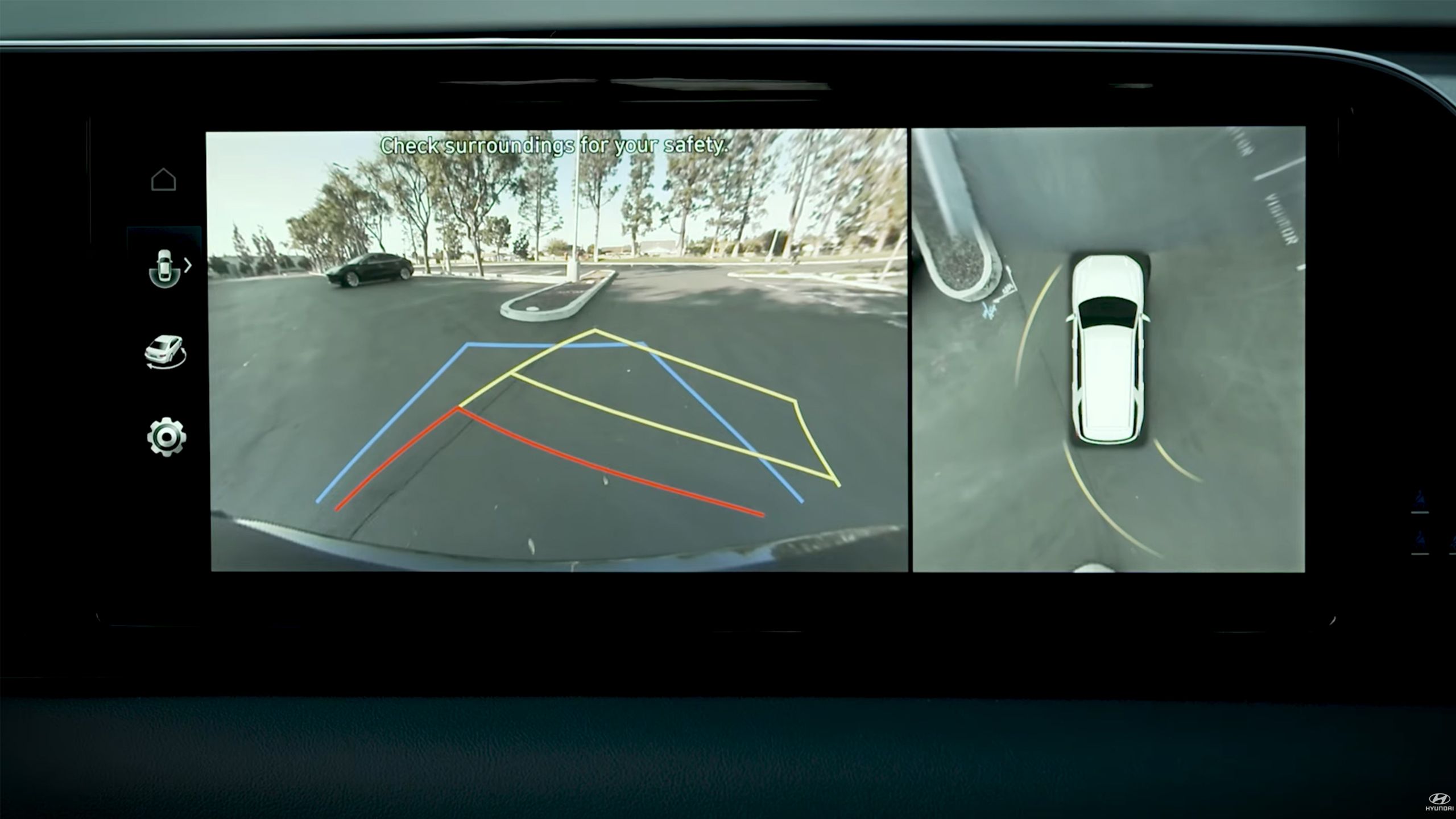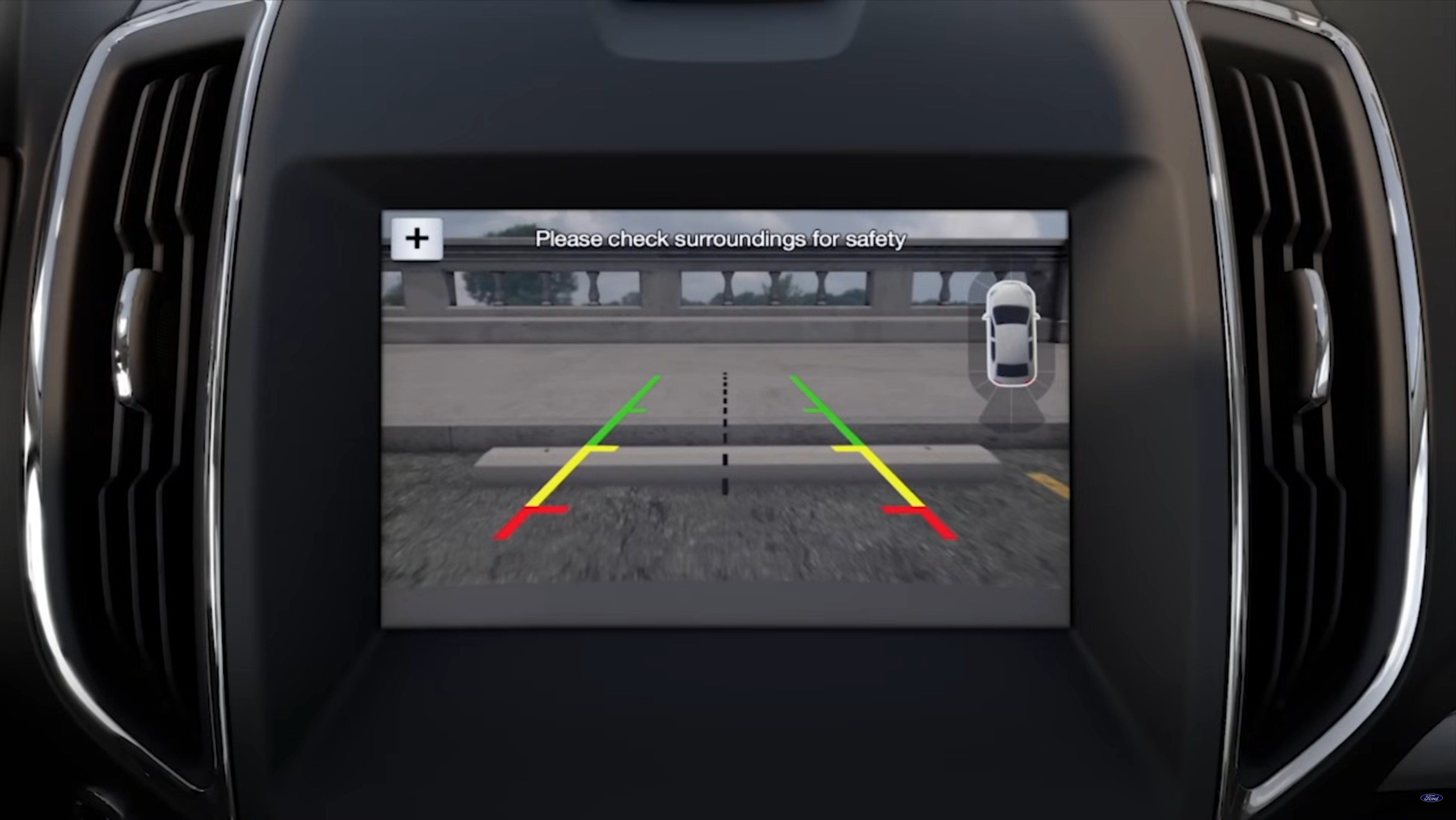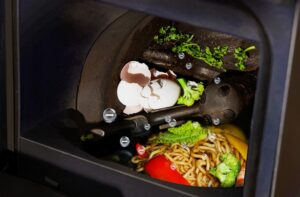Summary
- Backup cameras are a handy feature on modern-day cars that assist with reversing your car.
- The colors on a backup camera — green, yellow, and red — indicate varying distances from the back of your bumper.
- Backup cameras are not foolproof and should be used as a guide, not as the sole reference when reversing and parking.
I loved the first two cars I ever owned, which were a 1997 Honda Civic and a 2008 Mazda 3. I racked up tens of thousands of miles on them, and I look back on them with many fond memories. However, when I eventually purchased my 2021 Hyundai Elantra, it was the first time I experienced many modern-day car features, such as a backup camera (also known as a reverse camera).
While I love many of the features my Elantra has, like wireless Apple CarPlay and lane assist, the backup camera is undoubtedly my favorite. If there’s one thing my friends know about my driving, it’s that I’m a stickler for perfect parking. If I get out of the car, and I’m not perfectly parked, I will fix it, and the backup camera has made that happen way less often.
One of the things that makes backup cameras so great is the guidelines on the screen in your car that help you reverse into place properly. However, not everyone knows how to use these guidelines correctly and what they mean. If you’re wondering what the lines and colors on your car’s backup camera mean, I’m here to help.
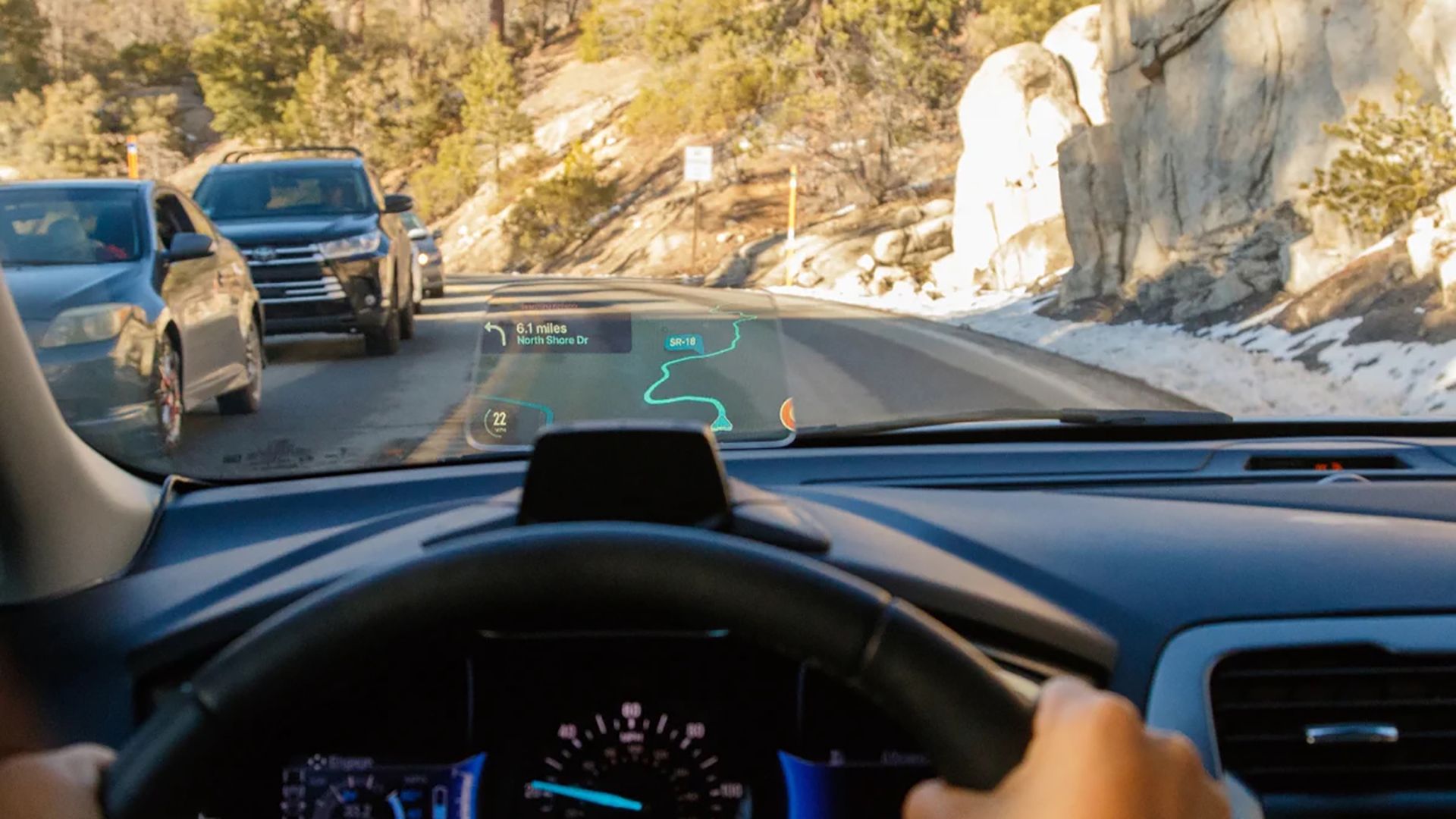
Related
5 gadgets I use to make my old car feel like a 2025 model
Stuck in that old beater, or just waiting for the payoff? These five gadgets can bring any old car up to speed for 2025.
Static vs. dynamic lines on your backup camera
The guidelines on the screen will either shift or remain static
Hyundai
Generally, there are two types of lines you’ll find on backup cameras in cars today: static and dynamic.
A backup camera with static lines provides a wide-angle or fish-eye view of the area behind your car, with guidelines on the screen that remain stationary while you’re reversing. This means the guidelines on the display stay in the same position regardless of how you steer your vehicle. These lines help you gauge how straight your car is when you park and whether you’re within the lines, but you must mentally account for how your vehicle will move once you start steering and backing up.
Remember that backup cameras primarily serve as a reference, not a replacement for being aware of your surroundings.
A backup camera with dynamic lines provides the same wide-angle or fish-eye view behind your car, but the guidelines on the screen move as you reverse, showing you the predicted path your vehicle will take based on your current steering trajectory. If you’re reversing into a tight space, a dynamic backup camera is useful for helping you see where you’ll end up. The guidelines on the screen are dynamic, so if you change your steering input at any moment, the lines will change accordingly.
Remember that backup cameras primarily serve as a reference, not a replacement for being aware of your surroundings. Always double-check over your shoulder for the safest outcome. It’s worth noting that with the wide-angle lens on your backup camera, objects may look closer than they are, making it crucial to visually check behind you. Many times, I have seen other vehicles appear closer in my backup camera than they actually are just because of the lens, leading to unnecessary panic.
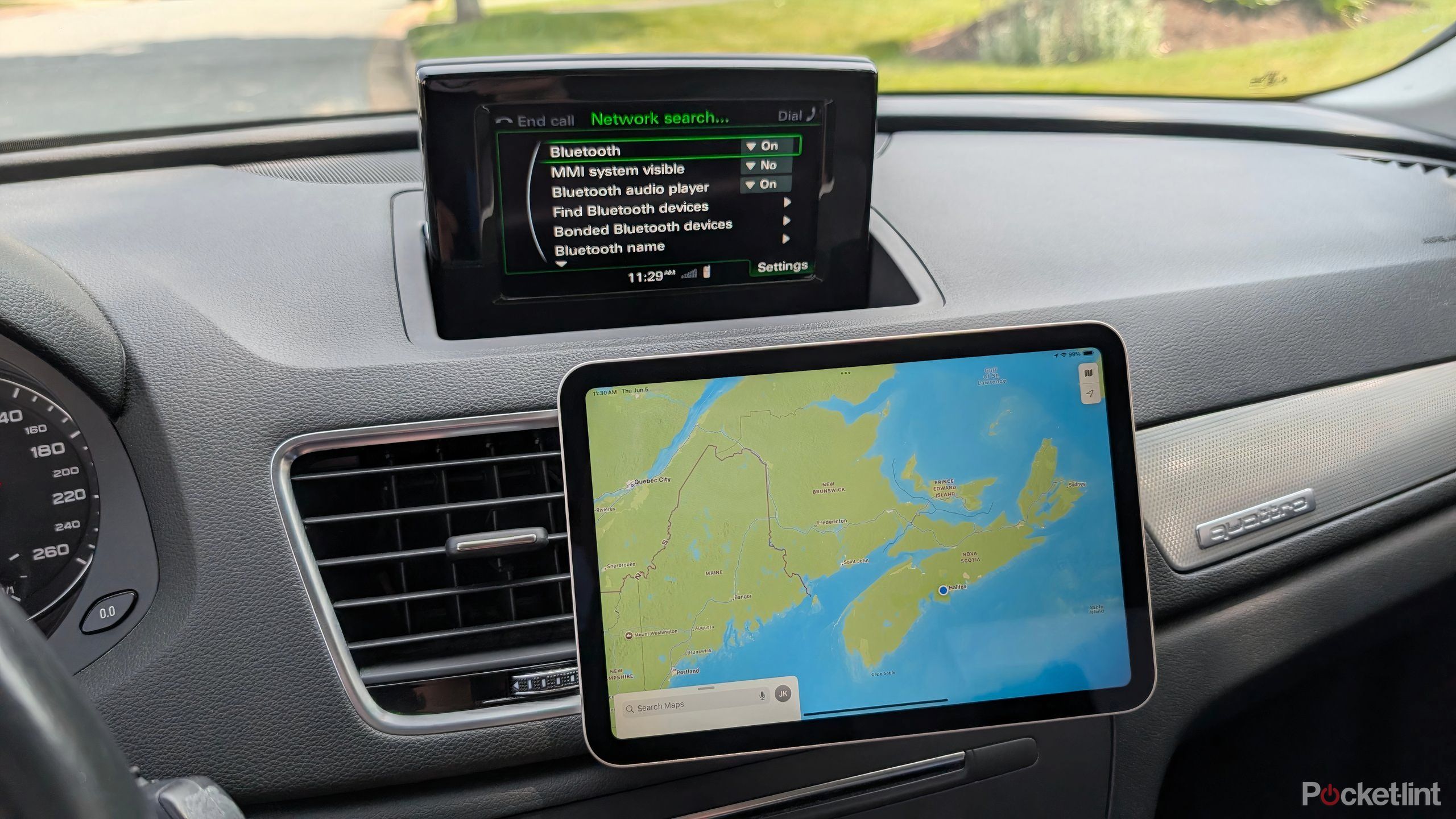
Related
I added MagSafe to this old tablet to create the ultimate car smart screen
After realizing I hardly use my iPad mini while at home, I slapped a MagSafe ring adapter onto it, giving it a second auto-related lease on life.
What do the colors on a backup camera mean?
Green is the safe zone, red is the danger zone
Ford
Every backup camera is different, so I’ll speak in broad terms here. Generally, most backup cameras found in cars are color-coded and display two or three colors for the guidelines on their screens. These colors are usually red, yellow, and green.
Green means you’re in the clear, which I like to call the safe zone. Your vehicle is a safe distance from whatever’s behind you, such as a curb or sidewalk. Yellow means slow down and proceed with caution — you’re approaching something. And red? That’s your cue to stop — you’re in the danger zone and at risk of hitting something if you reverse any further.
Like I mentioned, your car might not display all three guideline colors. My Hyundai Elantra only has red and yellow, while my friend’s Subaru Crosstrek has red, yellow, and green.
Backup cameras are helpful but not foolproof, so use them as a guide and never as a sole reference.
Furthermore, the actual distance these lines represent can differ based on your car’s make and model. For exact measurements, consult your owner’s manual. If your owner’s manual doesn’t say, you can always use a good old-fashioned measuring tape to double-check. When I measured the lines on my 2021 Hyundai Elantra, the first red line was one foot away from my bumper, the second yellow line was three feet from my bumper, and the farthest yellow line from the bumper was six feet away.
Generally, the green line (the safe zone) shows your bumper is roughly six feet from an obstacle when backing up. The yellow line indicates your bumper is about three to six feet away, while the red line marks the danger zone — typically within a foot and a half from the bumper. If you reverse any further once you’re in the red zone, your bumper might not look so pretty anymore. Again, this is generally speaking, so check to see what the exact distance between the lines on your backup camera is.
Some cars also have a center line on the backup camera, which can be white or black. This line helps you determine if you’re centered between the lines in a parking space and also a reference point for the center of your bumper. The center line can be useful for lining up with driveways or curbs, giving you a better idea of the exact center of your vehicle.
Backup cameras are helpful but not foolproof, so use them as a guide and never as a sole reference. Always double-check your mirrors and look behind you while reversing.
Since May 1, 2018, all new cars in the US are required to have a backup camera. It’s a regulation enforced by the National Highway Traffic Safety Administration (NHTSA) and was put into place to reduce the risk of crashes.
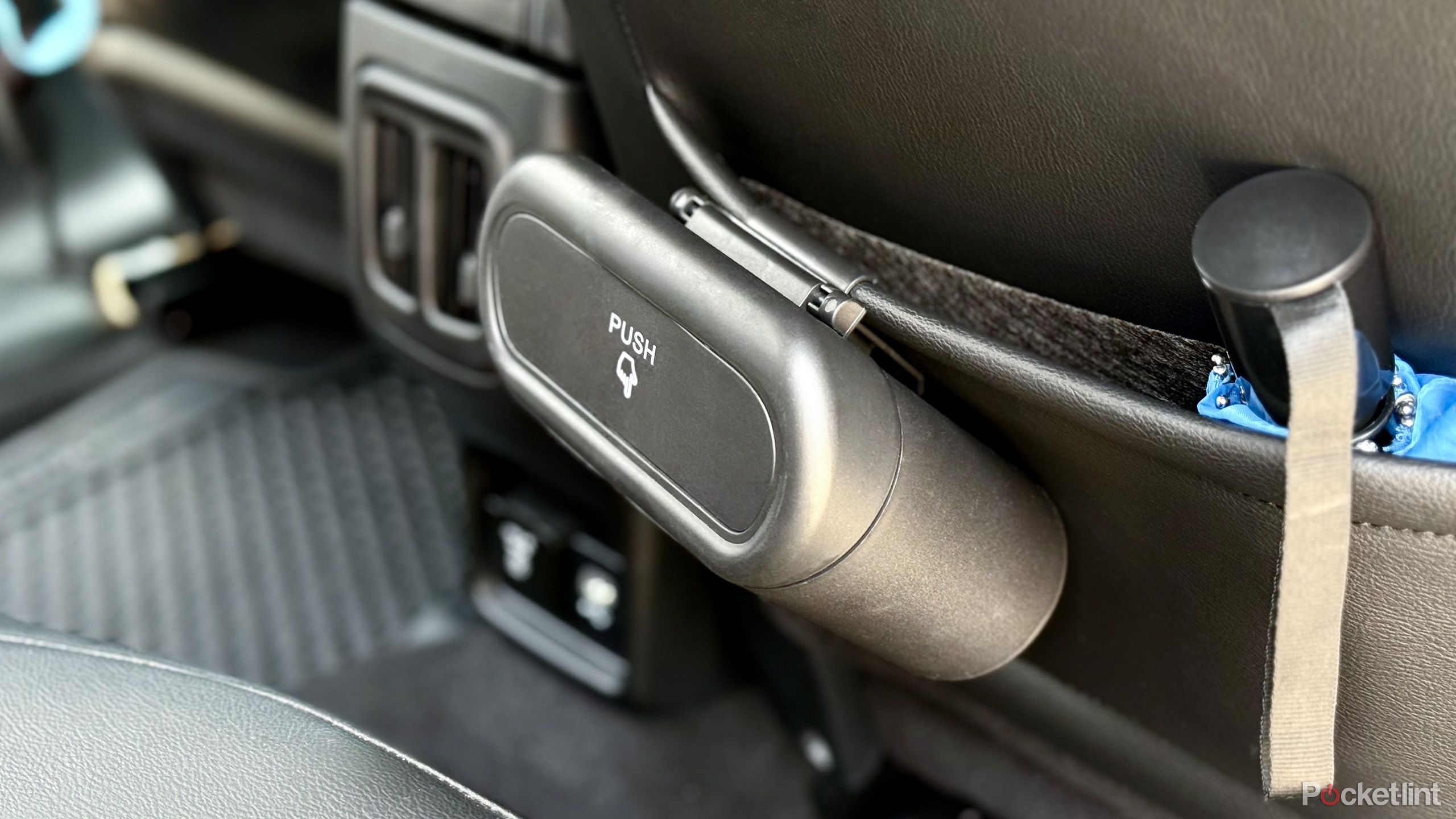
Related
5 car gadgets that make my road trips a breeze
I put 30,000 miles a year on my car, and these five gadgets make each one a little bit better.





